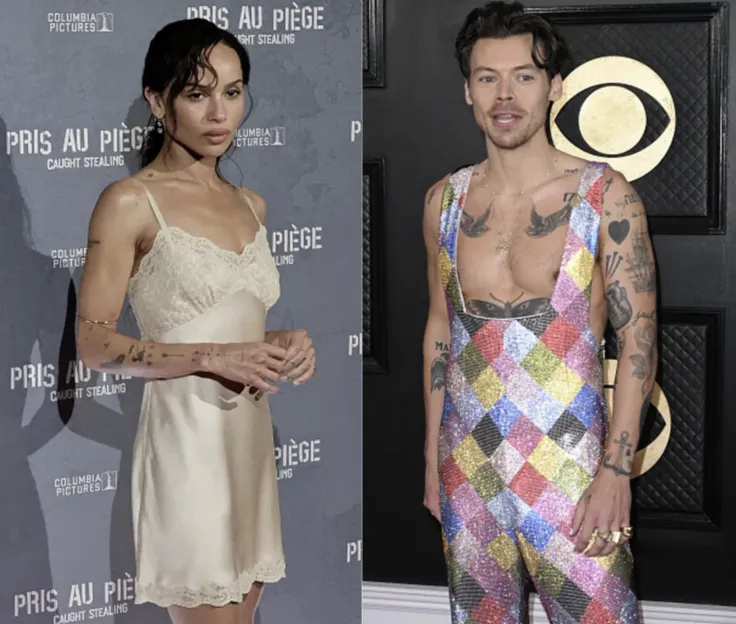
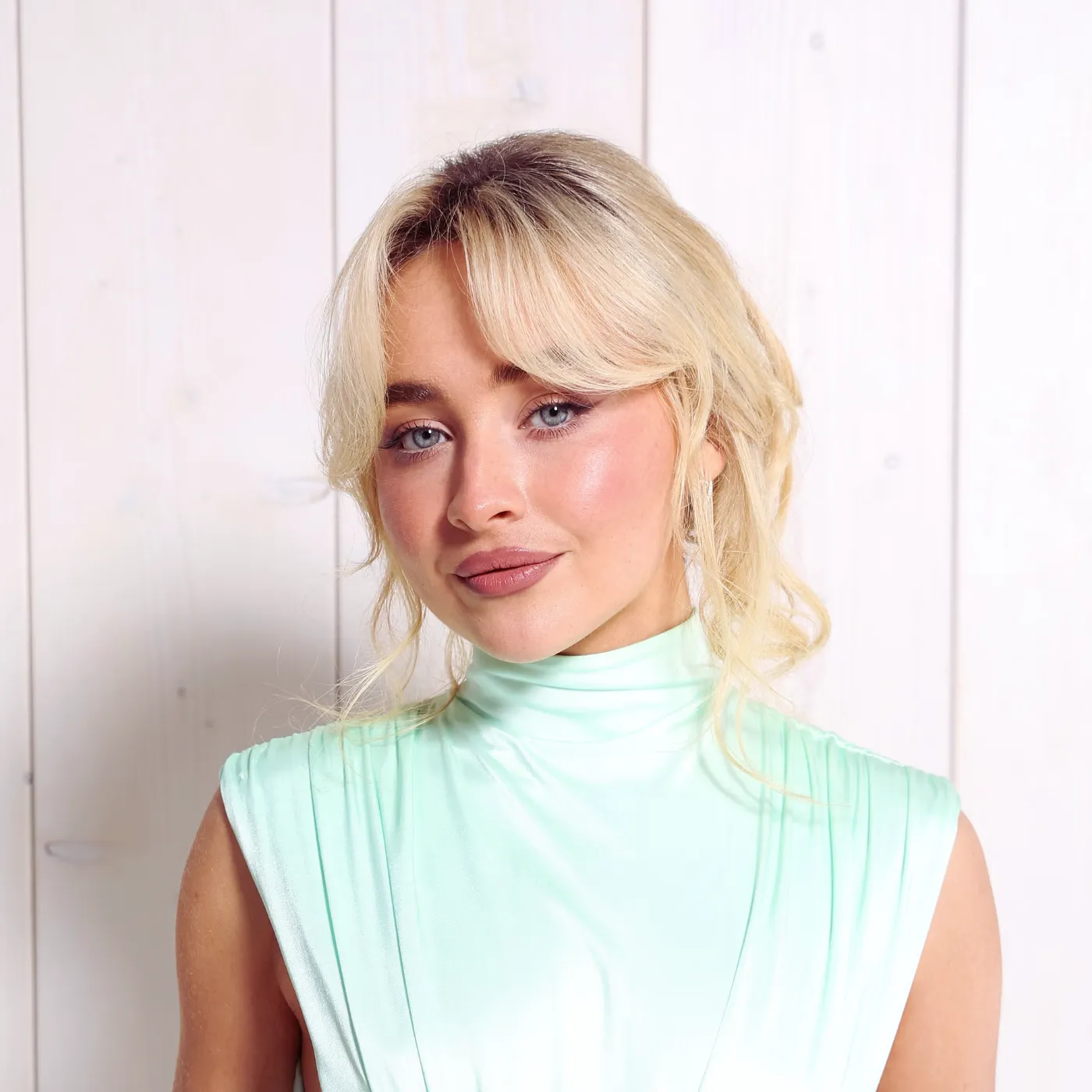
Amaarae Says Sabrina Carpenter Is Her ‘Bright & Colorful Freak Twin’
In a year where every pop star is either going viral or vanishing from relevance, Sabrina Carpenter has managed to do something even rarer: she’s become the topic of a cultural conversation that no one expected—but everyone has an opinion on.
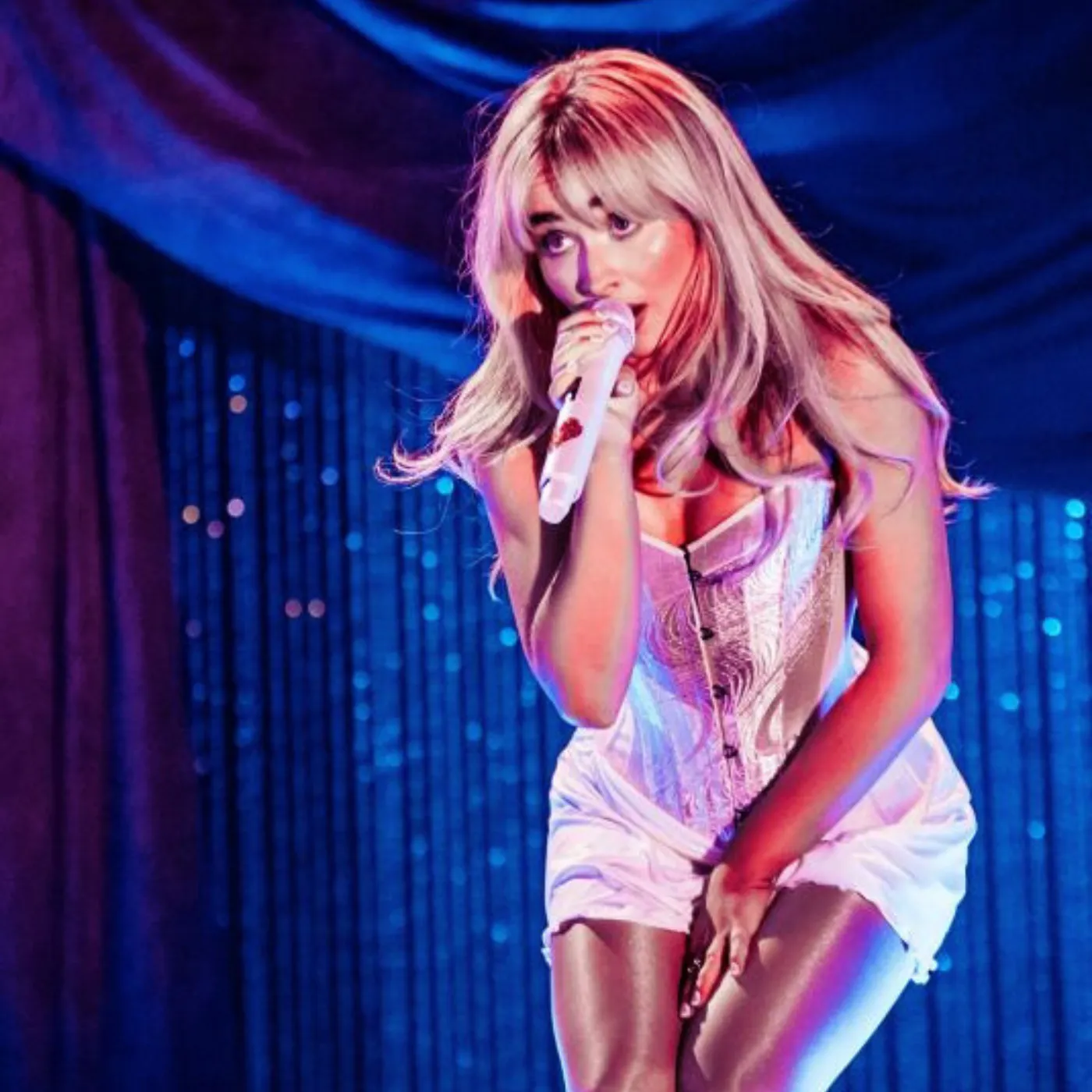
During a Rolling Stone interview, Ghanaian-American alt-pop artist Amaarae was asked about kindred spirits in the industry. Without hesitation, she name-dropped Sabrina Carpenter. But it wasn’t your average compliment. “She’s a freak just like me,” Amaarae said. “Hers is bright and colorful; mine is dark and edgy. But we’re both saying the same thing.”
And just like that, the fandoms were set ablaze.
The Comment Heard ‘Round the Timeline
Amaarae’s description of Carpenter as her “bright and colorful” counterpart sparked an immediate reaction. Memes, stan reactions, TikTok think pieces, and Instagram carousels flooded timelines within hours. The word “freak” trended—but not in the way anyone expected.
Fans couldn’t decide: Was this admiration? Shade? Or a subtle rebranding of Carpenter’s image from safe and sparkly to something edgier and more layered?
Amaarae’s remark wasn’t just viral—it was philosophical. By describing Sabrina in such terms, she drew attention to how female artists are often boxed into aesthetic binaries: wholesome vs. rebellious, sweet vs. bold, filtered vs. raw. And Sabrina, long typecast in mainstream pop as the polished blonde with Disney roots, just got publicly aligned with one of the most experimental alt-pop figures of the decade.
That’s not just unexpected—it’s genre-breaking.
Two Worlds Collide: Amaarae and the Pop Mainstream
To understand the impact of Amaarae’s comment, it’s important to understand who Amaarae is. Known for her futuristic sound, layered production, and genre-defying visuals, Amaarae exists in a different orbit from Sabrina Carpenter. Her music lives in the sonic space between afrobeats, alt-R&B, and global experimentalism.
So when someone like Amaarae says Sabrina is “saying the same thing,” it forces listeners to reconsider what Carpenter’s image really represents.
Is Carpenter’s pastel aesthetic more than meets the eye?
Amaarae seems to think so—and fans are starting to agree. Some even compared Carpenter’s lyrical undertones in songs like “Feather” and “Because I Liked a Boy” to satirical pop commentary, much like the work of Lorde or Marina and the Diamonds in their early careers. The sugar-coated visuals may hide sharper messages underneath, making her duality more sophisticated than many gave her credit for.
Fans React: From “Iconic” to “Confusing”
The reaction from both fanbases has been nothing short of a digital rollercoaster.
Sabrina’s fans praised Amaarae for “seeing the vision,” claiming she tapped into something long overlooked: that Carpenter’s control over her image is both intentional and subversive. Many argued this comment validates what they’ve known all along—that behind the glam, Sabrina has always been tongue-in-cheek, self-aware, and capable of toeing the line between sincerity and satire.
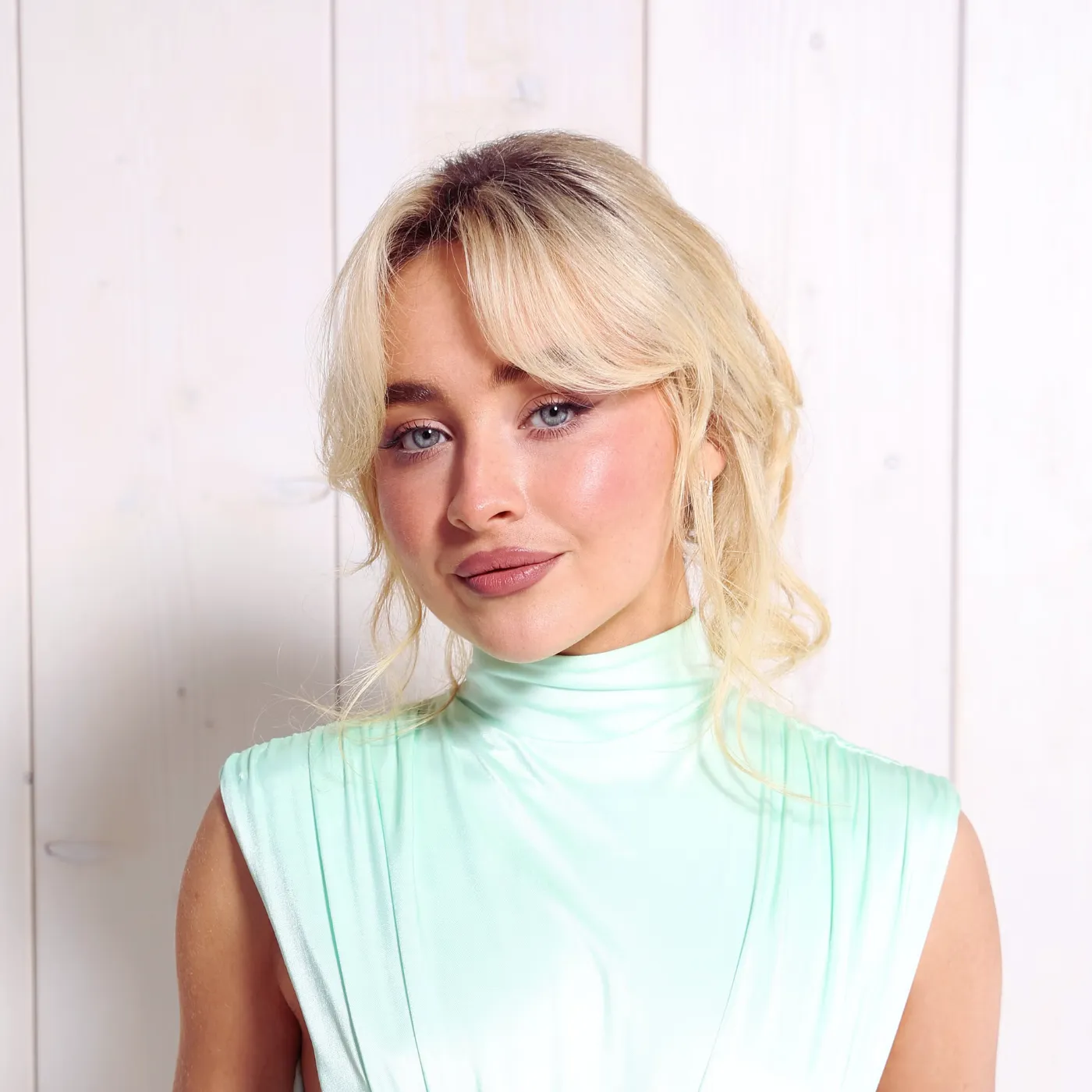
Amaarae’s core followers, meanwhile, were split. Some applauded the comparison as a “perfect visual metaphor” for duality in modern pop. Others saw it as a stretch: “Sabrina Carpenter? Really?” became a trending quote reposted by skeptics across social media.
Regardless of stance, the comment triggered highly charged engagement across platforms—and in today’s digital landscape, that’s the ultimate metric.
Rewriting the Pop Playbook: Carpenter’s Quiet Subversion
What this moment proves is that Sabrina Carpenter’s career has quietly evolved in ways many critics failed to acknowledge.
Yes, she came from Disney. Yes, she’s had her share of glossy, made-for-radio singles. But in recent years, Carpenter has leaned harder into meta-narratives, cheeky irony, and a hyper-controlled visual language that plays into, and sometimes mocks, the expectations placed on female pop stars.
When she appears in interviews, she’s polished—but always just a little winking. When she drops a video, it’s not just visual—it’s meme-ready. She’s mastered the art of controlled chaos, much like the pop disruptors who came before her.
Amaarae’s compliment wasn’t an accident. It was a recognition of strategy—and maybe even sisterhood.
“Bright & Colorful” vs. “Dark & Edgy”: A Pop Culture Mirror
Amaarae’s phrasing might have been casual, but the language hits at something much deeper: the cultural demand for binary identity in women entertainers. Artists are pushed to pick a lane. They’re either ethereal or gritty. Soft or aggressive. Marketable or mysterious.
What both artists seem to represent is a resistance to that binary. Amaarae embraces avant-garde darkness while remaining sonically sweet. Sabrina, in contrast, wraps sharp lyrics in shimmering pop candy—but with visuals that now flirt with subversion.
The overlap is real. And now, it’s being talked about.
What the Industry Is Quietly Noticing
Industry observers have taken note. Sources inside PR and A&R circles suggest that moments like this—unscripted and unprompted—often turn into collaboration gold down the line. When an artist like Amaarae publicly name-drops someone like Sabrina Carpenter, it opens doors between musical ecosystems that don’t normally collide.
Could we see a collaboration in the future? A surprise remix? A genre-flipped performance at a festival? Stranger Things has launched No. 1 singles.
Even without a collab, the cross-pollination of audiences could boost both artists’ profiles in unexpected ways. And in today’s market, brand collisions are often more valuable than traditional marketing.
Carpenter’s Response: Silence (So Far)
As of this writing, Sabrina Carpenter has not commented publicly on Amaarae’s remark. But if history is any indicator, she may never have to.
Her silence, often interpreted as indifference or detachment, has become a strategic communication style in itself. Carpenter allows the internet to do the work. Every meme, every tweet, every think piece just reinforces her relevance—without her lifting a finger.
And in a digital economy where attention is power, silence might just be her loudest tool.
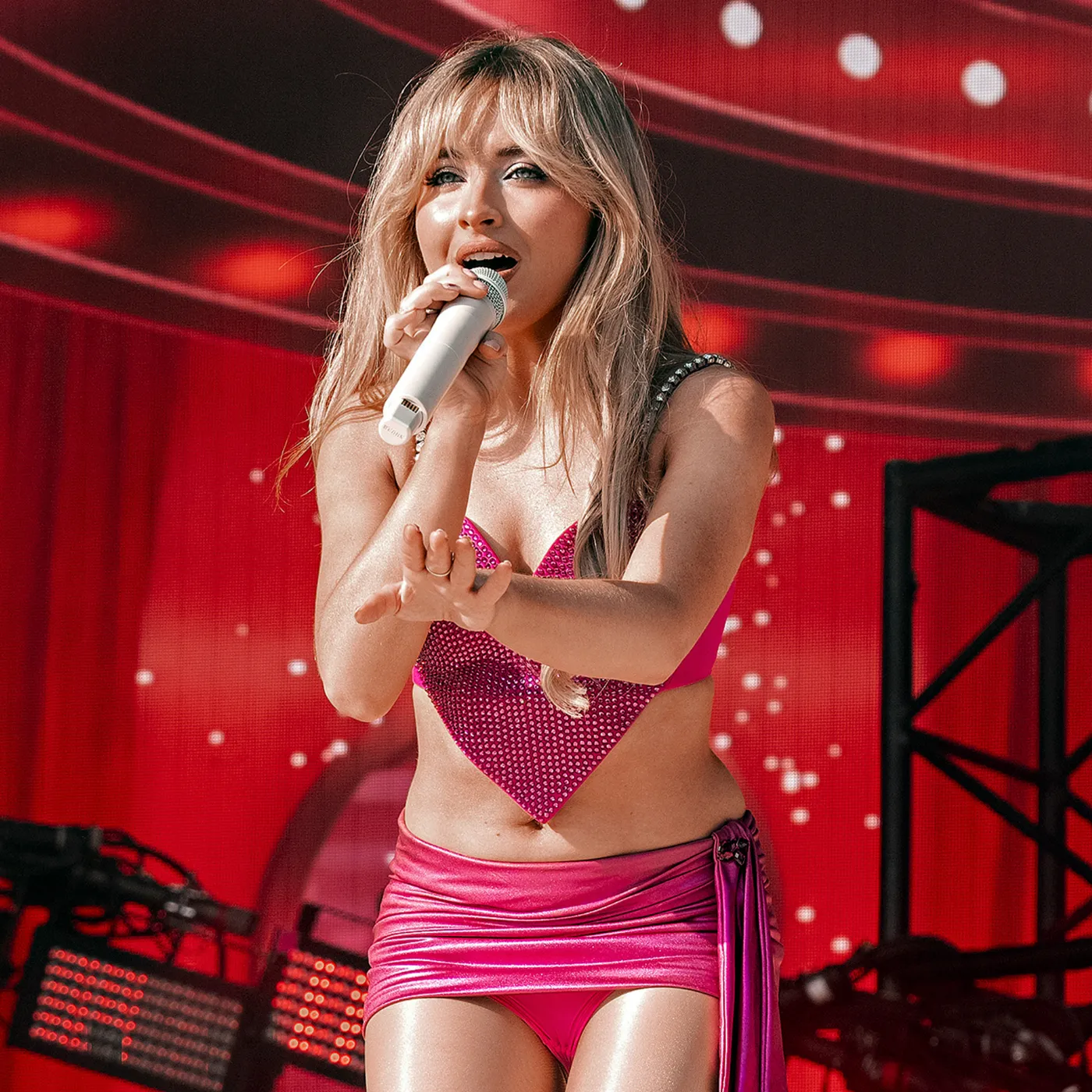
Final Thoughts: Pop’s Unexpected Fusion Moment
In a timeline no one predicted, Amaarae and Sabrina Carpenter are now part of the same cultural sentence. And whether you find that thrilling, confusing, or utterly bizarre, you’re still talking about it.
And that’s the point.
This moment isn’t about proving who’s edgier, more authentic, or more influential. It’s about the shifting definitions of what a modern pop artist can be. They can be light and dark. Clean and chaotic. Glossy and gritty—all at once.
Amaarae said it best: “We’re both saying the same thing.”
And if that doesn’t signal the beginning of a new pop era, what does?








